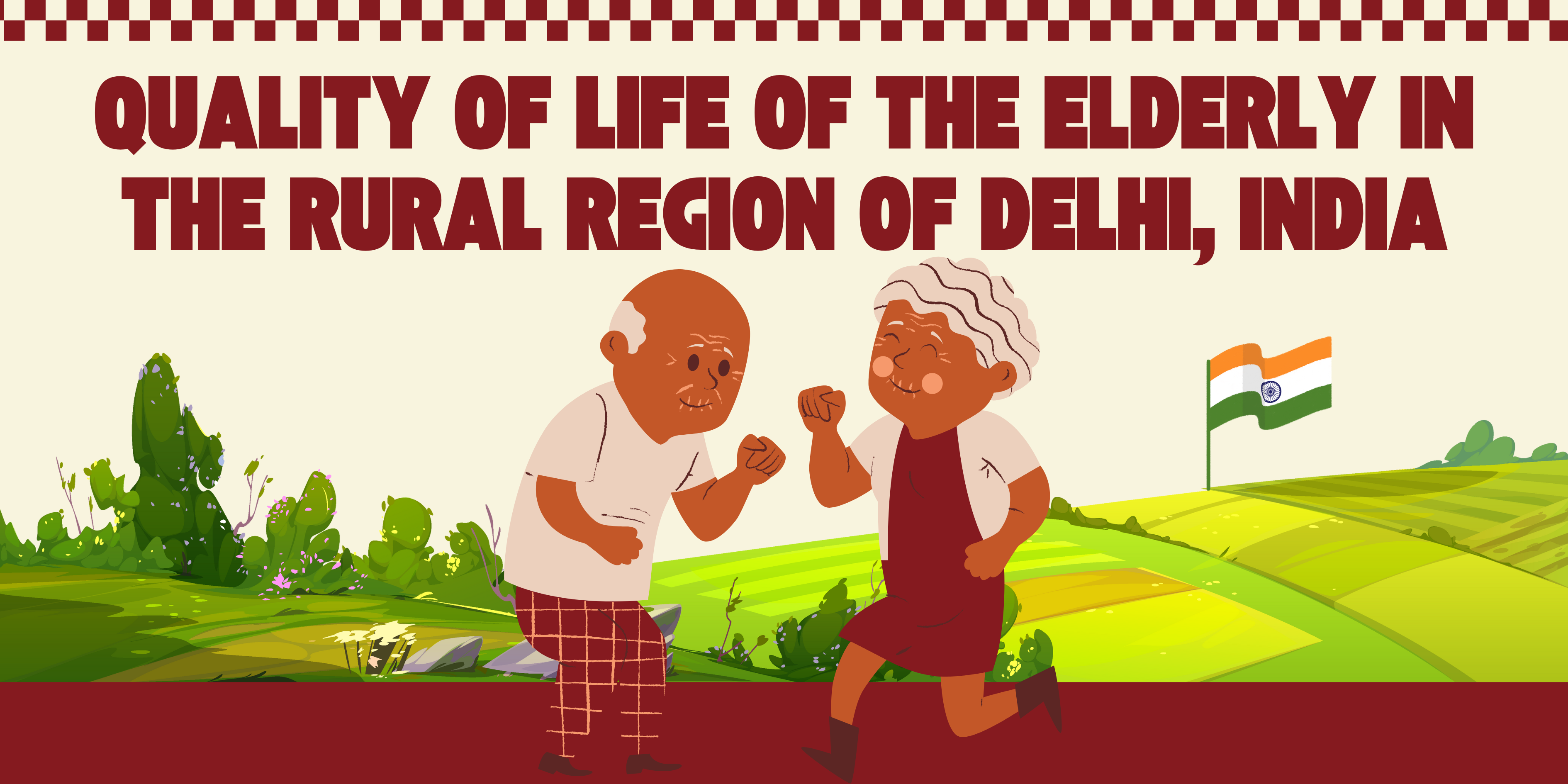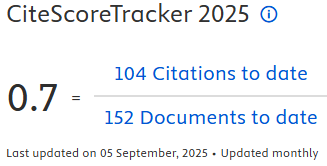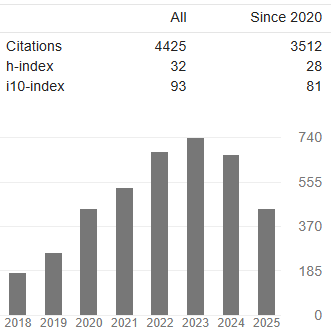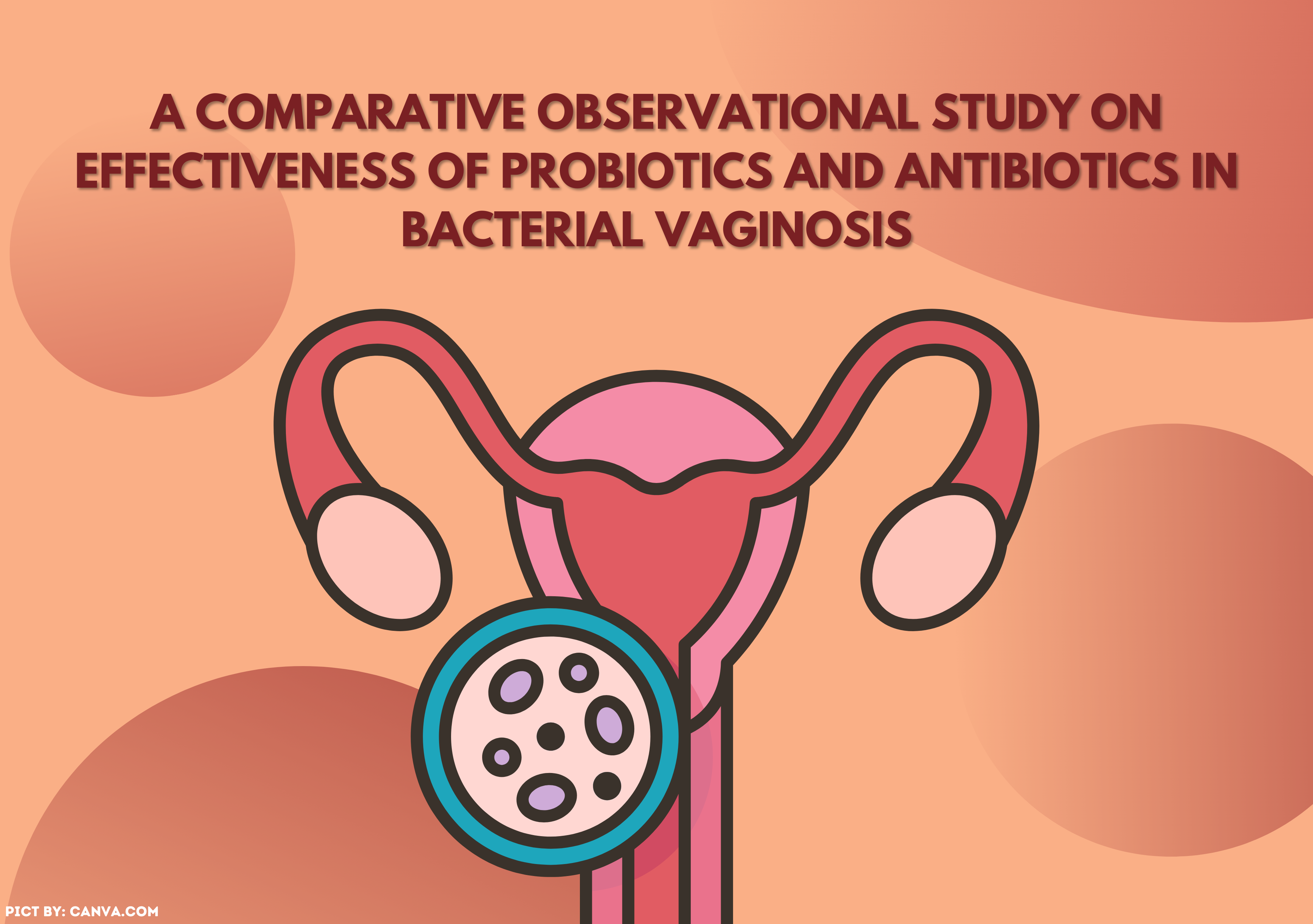QUALITY OF LIFE OF THE ELDERLY IN THE RURAL REGION OF DELHI, INDIA

Downloads
Introduction: The proportion of elderly people in India has sharply increased. According to World Population Prospects 2019, the elderly population will be around 19% by 2050. Due to this, there remains a concern about the quality of life (QOL) of the elderly. There is a scarcity of knowledge about QOL and related factors influencing the elderly population, particularly in rural areas of northern India. So, this study was conducted. Aims: To study the quality of life in the elderly aged sixty years and above using WHOQOL-BREF in rural Delhi. Methods: Cross-sectional study in the community. People aged 60 and older in the study area were enrolled using simple random sampling. A total of 195 elderly people were enrolled in the study after obtaining consent. The data was imported into MS Excel and evaluated with SPSS version 25. For descriptive and inferential statistics, p-values of 0.05 were deemed statistically significant. Results: Among the 195 participants, 40.5% were men and 59.5% were women. The proportion of married elderly was 47.7% while the rest were widowed, and 47.2% of the elderly were illiterate. Out of 195 participants, 155 were living in a joint family. Physical health (60.76±11.31), Psychological (67.90±8.71), Social relationship (90.81±12.31), and Environment domain (83.23±11.59) had the highest mean WHOQOL-BREF scores. Conclusions: The QOL score was highest in the social relationship category and lowest in the physical health category. Researchers can conduct a qualitative study in the future to determine the factors affecting quality of life.
Bansal, P., Dixit, A.M., Jain, P.K., Gupta, S.K., Bajpai, P.K. and Mehra, J., 2019. Assessment of quality of life among elderly population of rural areas of Etawah district: a cross sectional study. International Journal Of Community Medicine And Public Health, 6(5), p.1965. https://doi.org/10.18203/2394-6040.ijcmph20191617
Centers for Disease Control and Prevention, 2024. Health-related Quality of Life (HRQOL): Variation across occupation groups. [online]
Ganesh Kumar, S., Majumdar, A. and Pavithra, G., 2014. Quality of Life (QOL) and Its Associated Factors Using WHOQOL-BREF Among Elderly in Urban Puducherry, India. Journal of clinical and diagnostic research : JCDR, [online] 8(1), pp.54–57. https://doi.org/10.7860/JCDR/2014/6996.3917
Harwood, R.H., Sayer, A.A. and Hirschfeld, M., 2004. Current and future worldwide prevalence of dependency, its relationship to total population, and dependency ratios. Bulletin of the World Health Organization, [online] 82(4), p.251.
Indrayan, A., 2006. Basic Methods Of Medical Research. 1st ed. New Delhi: AITBS publishers.
Ingle, G. and Nath, A., 2008. Geriatric health in India: concerns and solutions. Indian journal of community medicine : official publication of Indian Association of Preventive & Social Medicine, [online] 33(4), p.214. https://doi.org/10.4103/0970-0218.43225
Kapoor, A., Sharma, D., Sinha, H., Jain, P., Zutshi, S. and Basu, S., 2021. Index on Quality of Life for Elderly, Report to Economic Advisory Council to Prime Minister(EAC-PM).
Karmakar, N., Datta, A., Nag, K. and Tripura, K., 2018. Quality of life among geriatric population: A cross-sectional study in a rural area of Sepahijala District, Tripura. Indian journal of public health, [online] 62(2), pp.95–99. https://doi.org/10.4103/ijph.IJPH_121_17
Krishnappa, L., Gadicherla, S., Chidambaram, P. and Murthy, N.S., 2021. Quality of life (QOL) among older persons in an urban and rural area of Bangalore, South India. Journal of Family Medicine and Primary Care, 10(1), pp.272–277. https://doi.org/10.4103/jfmpc.jfmpc_1241_20
Kumari, R., Dewan, D., Langer, B., Kumar Gupta, R. and Singh, P., 2018. Quality of Life and Its Associated Factors: A Comparative Study among Rural and Urban Elderly Population of North India. National Journal of Community Medicine│Volume, [online] 9(6), pp.420–425.
Ministry of Statistics and Program Implementation- Government Of India, 2016. Elderly in India- 2016. [online]
Mudey, A., Ambekar, S., Goyal, R.C., Agarekar, S. and Wagh, V. V, 2011. Assessment of Quality of Life among Rural and Urban Elderly Population of Wardha District, Maharashtra, India. Studies on Ethno-Medicine, [online] 5(2), pp.89–93. https://doi.org/10.1080/09735070.2011.11886394
Office of registrar general India (ORGI) divisions- Government of India, 2011. Primary Census Abstract, 2011. [online]
Praveen, V. and M, A.R., 2016. Quality of life among elderly in a rural area. International Journal of Community Medicine and Public Health, pp.754–757. https://doi.org/10.18203/2394-6040.ijcmph20160646
Qadri, S., Ahluwalia, S., Ganai, A., bali, shalender, Wani, F. and Bashir, H., 2013. An epidemiological study on quality of life among rural elderly population of nothern India. International Journal of Medical Science and Public Health, 2(3), p.514. https://doi.org/10.5455/ijmsph.2013.2.492-500
Shahul Hameed, I., Brahmbhatt, K.R., Patil, D.C. and S, P.K., 2014. Quality of life among the geriatric population in a rural area of Dakshina Kannada, Karnataka, India Quality of life among the geriatric population in a rural area of Dakshina Kannada. [online] 3(3).
Singh, A., Palaniyandi, S., Palaniyandi, A. and Gupta, V., 2022. Health related quality of life among rural elderly using WHOQOL-BREF in the most backward district of India. Journal of Family Medicine and Primary Care, 11(3), pp.1162–1168. https://doi.org/10.4103/jfmpc.jfmpc_1073_21
Thadathil, S., Jose, R. and Varghese, S., 2015. Assessment of Domain wise Quality of Life Among Elderly Population Using WHO-BREF Scale and its Determinants in a Rural Setting of Kerala. International Journal of Current Medical And Applied Sciences, [online] 1(7), pp.43–46.
UNFPA India, 2017. Caring for Our Elders : Early Responses India Ageing Report 2017. [online]
Varghese, B., Selvan, M., Kushwaha, D., Pathak, D., Prajapati, D., Anju, K. and Kumar, A., 2020. A comparative study to assess the quality of life among the elder people living in rural and urban areas. Indian Journal of Psychiatric Nursing, 17(1), p.18. https://doi.org/10.4103/IOPN.IOPN_3_20
World Health Organization, 2011. Global recommendations on physical activity for health. [online]
World Health Organization, 2012. WHOQOL - 100. [online]
World Health Organization, 2015. Reprinted from: World Report on Ageing and Health: Chapter 3: Health in Older Age. WHO, [online] pp.43–63.
World Health Organization, 2024. WHOQOL - Measuring Quality of Life. [online]
Copyright (c) 2025 The Indonesian Journal of Public Health

This work is licensed under a Creative Commons Attribution-NonCommercial-ShareAlike 4.0 International License.
- The authors agree to transfer the transfer copyright of the article to The Indonesian Journal of Public Health effective if and when the paper is accepted for publication.
- Authors and other parties are bound to the Creative Commons Attribution-NonCommercial-ShareAlike 4.0 International License for the published articles, legal formal aspect of journal publication accessibility refers to Creative Commons Attribution-NonCommercial-ShareAlike 4.0 International License (CC BY-NC-SA), implies that:
- Attribution ” You must give appropriate credit, provide a link to the license, and indicate if changes were made. You may do so in any reasonable manner, but not in any way that suggests the licensor endorses you or your use.
- NonCommercial ” You may not use the material for commercial purposes.
- ShareAlike ” If you remix, transform, or build upon the material, you must distribute your contributions under the same license as the original.































